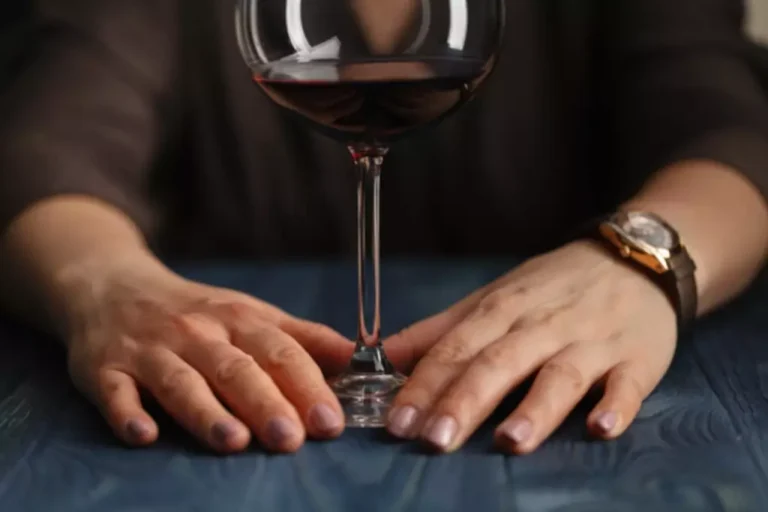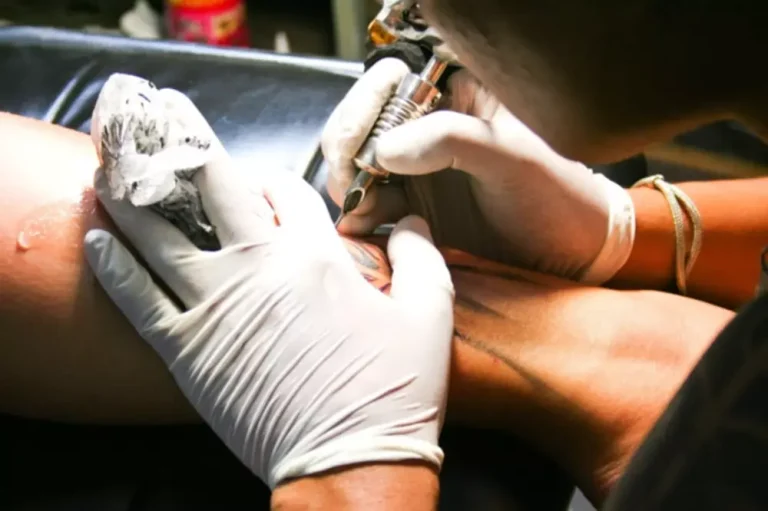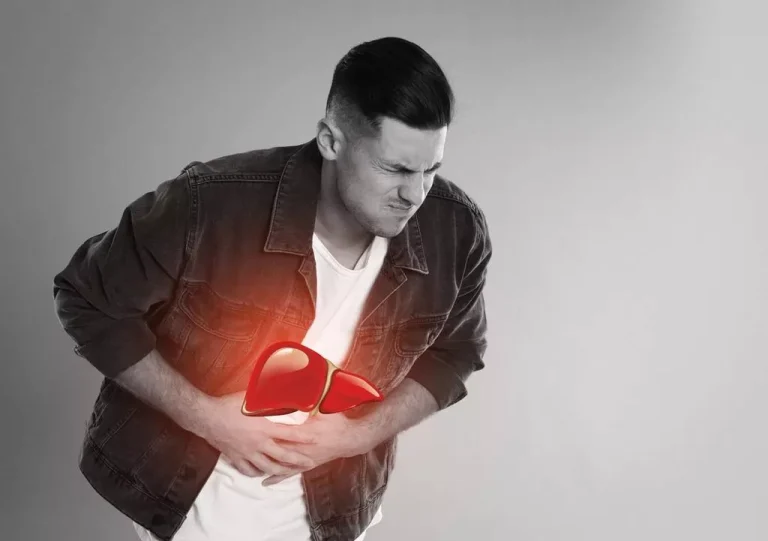Understanding Relapse and The Risks

Most people in recovery must actively take steps to avoid relapse for the rest of their lives. By integrating mental health services into their programs, Camelback Recovery ensures that comorbid mental health disorders are treated alongside alcohol addiction. A priority for future research is to find out why individuals who recognize their alcohol problems and initiate help seeking do not obtain timely help. Access to convenient, low intensity interventions [58] could enhance the self-change process and enable such individuals to achieve and maintain remission. We conducted a naturalistic study in which individuals selfselected into treatment and AA. Thus, in part, the benefits of help we identified are due to self-selection and motivation to obtain help, as well as to obtaining help per se.

Can addiction be treated successfully?

There are 250 drugs classified as Schedule I. Some examples of Schedule I drugs include ecstacy, heroin, synthetic heroin, LSD, marijuana, and peyote. Mental illness and substance abuse (comorbidity) is relatively common among military veterans. After calling 911, place any unconscious person in the recovery position while alcohol relapse statistics you wait for help to arrive. This allows any bodily fluids to drain out of the mouth and nose, reducing the risk of aspiration and asphyxiation. Our experienced team will help you develop a recovery plan customized for your individual needs. You can come and visit and be on your way to taking control of your life again.
What Percentage of Drug Addicts Recover?
In addition, identification of risk factors for relapse after either treated or untreated remission can help providers target tertiary prevention efforts. Compared to individuals who remitted with help, individuals who remitted without help experienced fewer current drinking problems and negative life events and relied less on avoidance coping and drinking to reduce tension. The 62% remission rate in the helped sample is comparable to the 57% that Haver, Dahlgren & Willander [49] found among initially untreated women with alcohol use disorders, but is somewhat higher than the 20–50% rate shown typically https://ecosoberhouse.com/ in treated samples [1,2]. This finding probably reflects the fact that our sample was composed of individuals who had never been in treatment before and were at a relatively early stage in their alcoholism careers. The 43% remission rate among individuals who did not obtain help quickly is consistent with the rates obtained in prior studies of individuals who were aware of their alcohol problem and sought but did not obtain treatment [3,4]. Among treated individuals, short-term remission rates vary between 20 and 50%, depending on the severity of the disorder and the criteria for remission [1,2].
- It might be necessary to change friends and habits since returning to old lifestyles might trigger a relapse.
- Emotional state contributed to a relapse precipitant in 76%–80% of the subjects in both the groups.
- The purpose of this study was to compare the sociodemographic factors and correlates relapse in alcohol dependence and opioid dependence.
- Most common reasons cited for relapse in both the groups was desire for positive mood [Table 4], followed by sleep difficulties and negative affect in alcohol dependence and craving and sleep difficulties in opioid dependence.
What Is Treatment Success?
Signs of emotional relapse include isolation, not attending meetings (or not sharing in meetings), focusing on other people’s problems, and poor sleeping or eating habits. They may stop taking care of themselves or start making excuses for their problems. This transformation leads to withdrawal symptoms and intense cravings for alcohol when changing your habits. Even after you purge the excess alcohol from your system, certain feelings, thoughts, and events can trigger an urge to drink. MMWR and Morbidity and Mortality Weekly Report are service marks of the U.S. Department of Health and Human Services.Use of trade names and commercial sources is for identification only and does not imply endorsement by the U.S.
What is the Percentage of Relapse in Alcoholics?

Support for Me and My Family
- You can come and visit and be on your way to taking control of your life again.
- It’s sometimes the last obstacle to overcome on the path to alcohol recovery.
- Countless individuals lose their employment, families, freedom, and even lives as a consequence of relapses.[2] Three of the most common relapse prevention strategies have included therapy and skill development, medications, and monitoring.
- Similarly, some studies suggest a relapse rate for opioids as high as 80 to 95 percent during the first year after treatment.
- Our modern approach removes many of the barriers to seeking help and makes treatment more accessible.
- However, these studies focused primarily on general population or media-recruited samples; that is, on individuals who had not initiated help-seeking and who may have had less severe and as yet unrecognized problems [5,6].

Bir cevap yazın